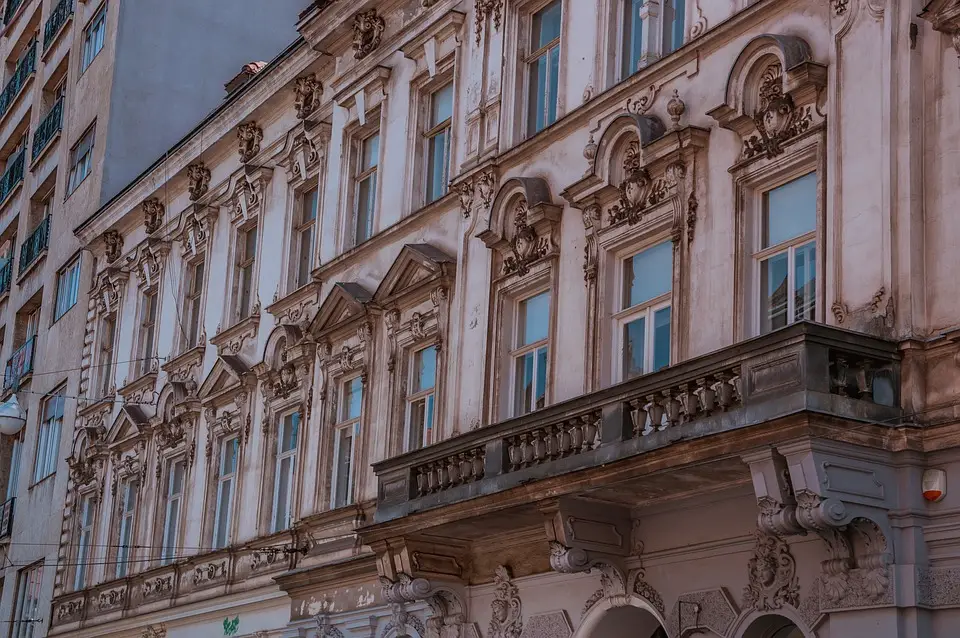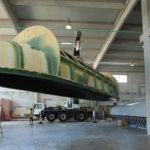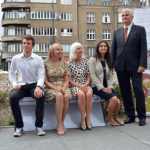Many inventions have been made in Croatia, and while Zagreb was continually made to shake by earthquakes, followed by weaker but still noticeable ones, a young boy from Zagreb, Karlo, sat down to think, draw and design.
As Poslovni Dnevnik writes on the 13th of June, 2020, when a strong earthquake hit the Croatian capital of Zagreb back at the end of March, many of the city’s residents (including me) were still sound asleep. A sudden awakening and the sight of people running out of their homes onto the streets on a cold Sunday morning will be forever etched in the memory of myself and many others. Some were unable to return to their homes after that, others didn’t manage to sleep peacefully for weeks, and others were given no peace when slightly stronger tremors began.
Among those who ran out into the cold was sixteen-year-old MIOC student Karlo Bockaj. And as he stood outside in front of his building, surrounded by his family and his neighbours, Karlo thought of ways in which to make his stay in his apartment during the earthquake as safe as possible.
”There was no school after the earthquake and I was left with a bit of trauma from it as well as some time to spare. I was thinking about what to do so I didn’t have to get out of bed during the next earthquake and was interested by rally cars that have a cage in them which works to protect the driver. It was there that I realised that a cage could be made around a bed and I drew the first sketch of that,” revealed Karlo Bockaj in an interview for Zimo.
Karlo took to drawing and designing the cage as the city continued to tremble on and off for the following few weeks, leaving everyone feeling a little bit on edge. He adapted the principle of the protective cage, which is applied in certain cars, to life in an apartment. He used the 3D modeling programme Rhinoceros and came up with the design from which Xocage was born.
But the design itself means nothing. Therefore, he joined forces with Zelimir Matic from Buba interijera and made the very first prototype.
”We worked on the prototype (Buba and I) for three weeks. It consists of a scaffolding pipe with a diameter of 48 mm and a wall thickness of 3 mm. It’s assembled with scaffolding couplings and one number 22 ring wrench,” said Karlo when explaining his simple but extremely efficient construction, which is not as expensive as it may seem at first glance.
”The price of this steel structure and all of its joints, designed and made in Croatia, stands at around six thousand kuna. The Kevlar net that goes onto the roof is around 1000 kuna,” he added. It consists of 12 parts that are easy to carry and only one person is needed to assemble the entire thing.
For more, follow Made in Croatia.










